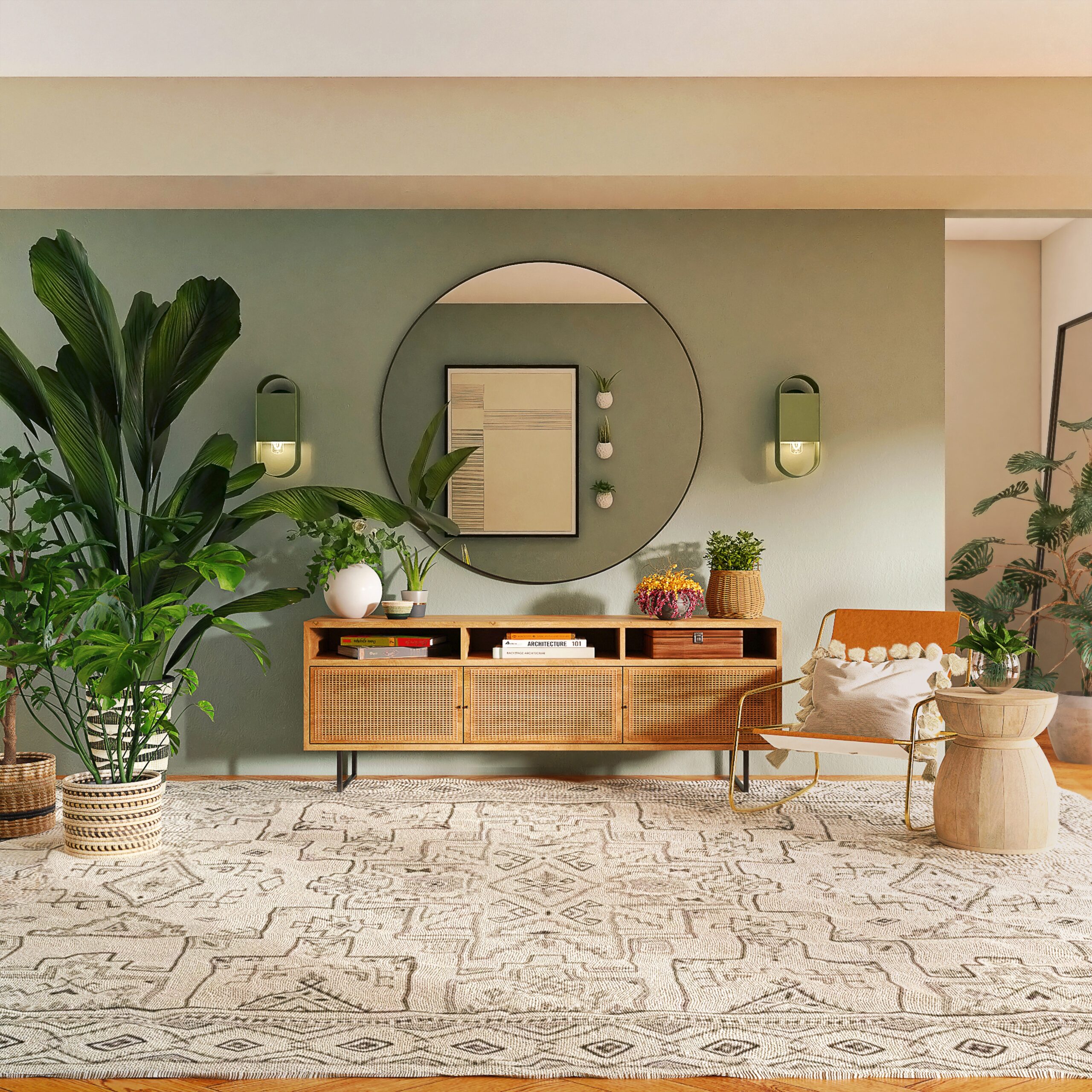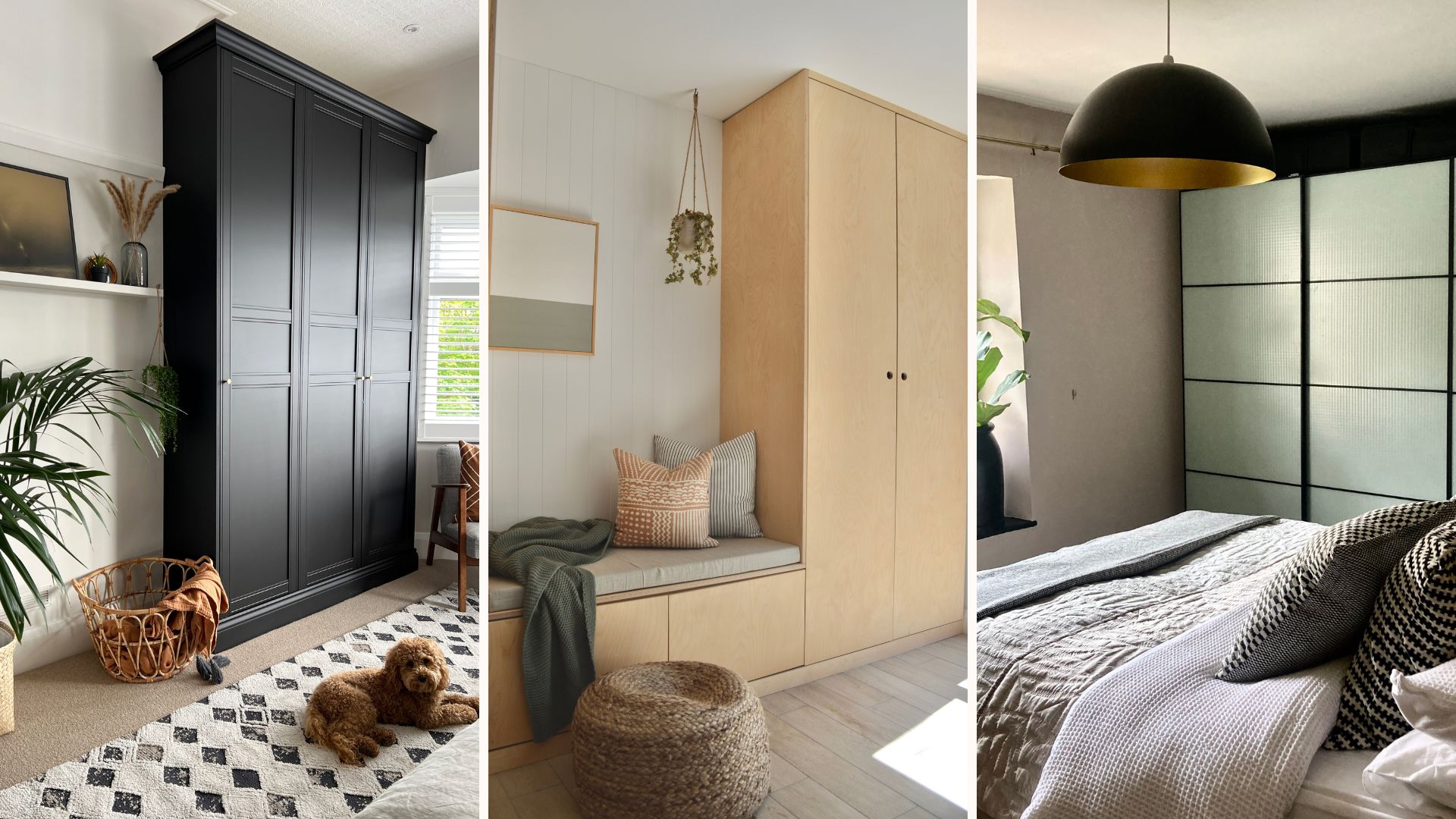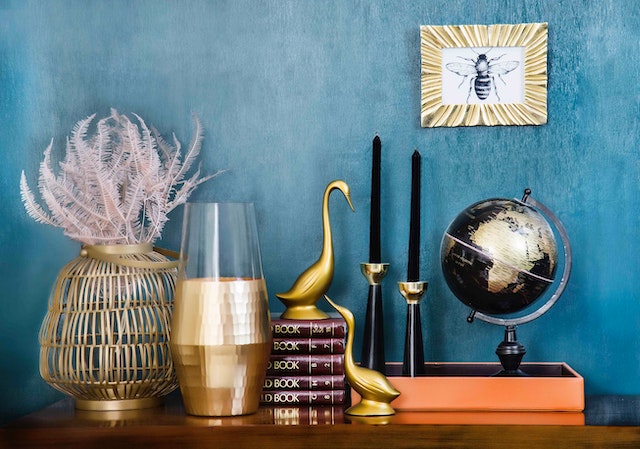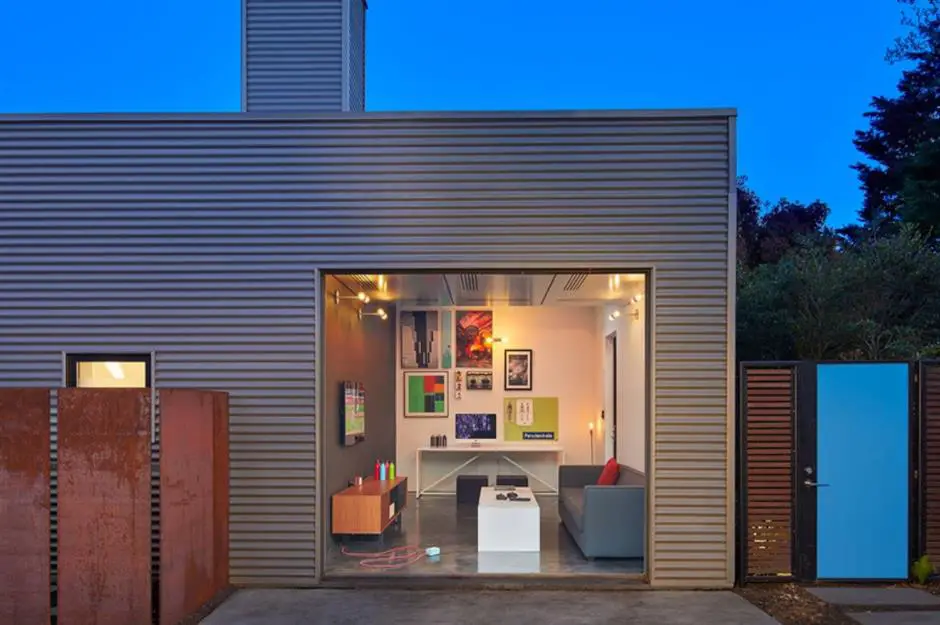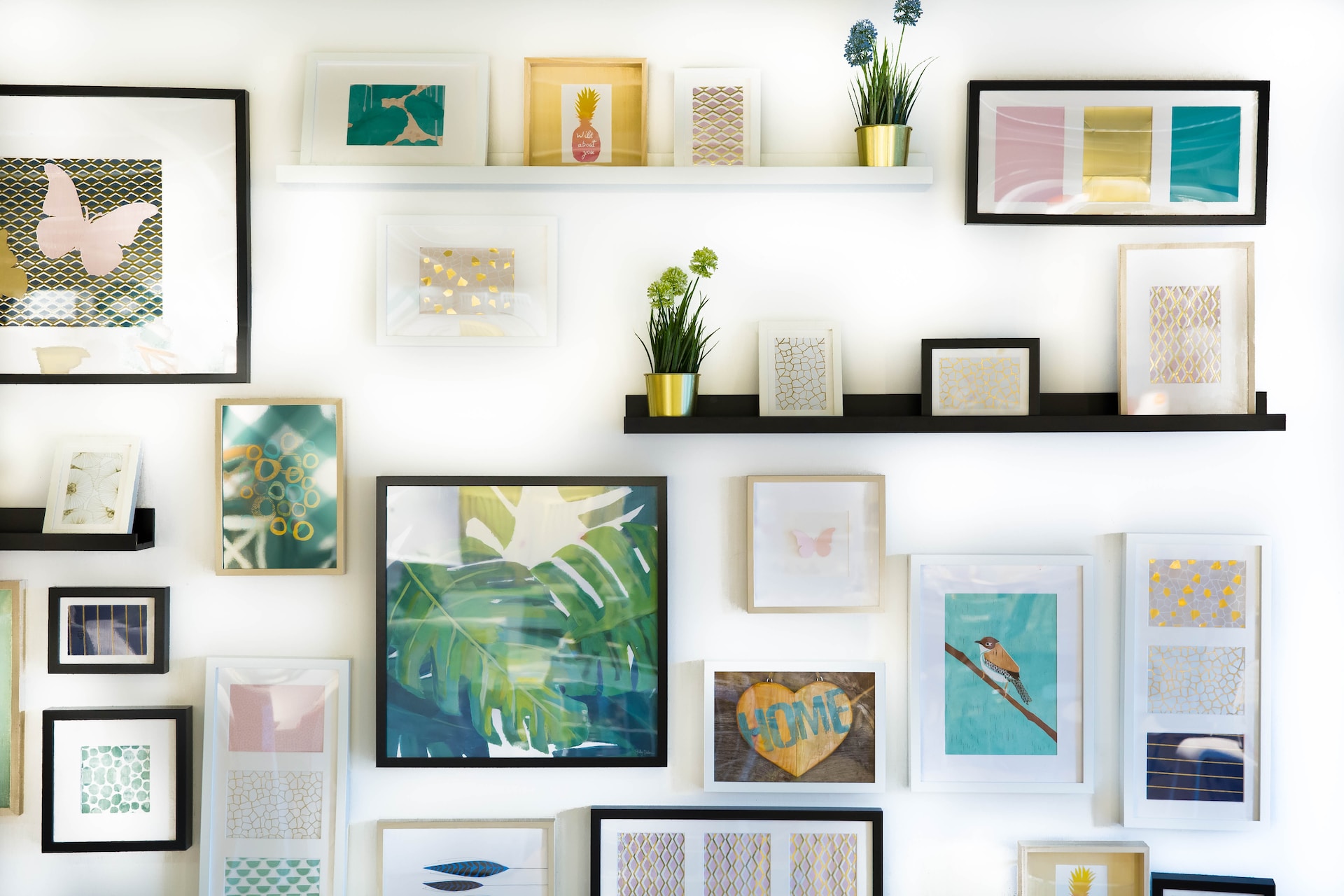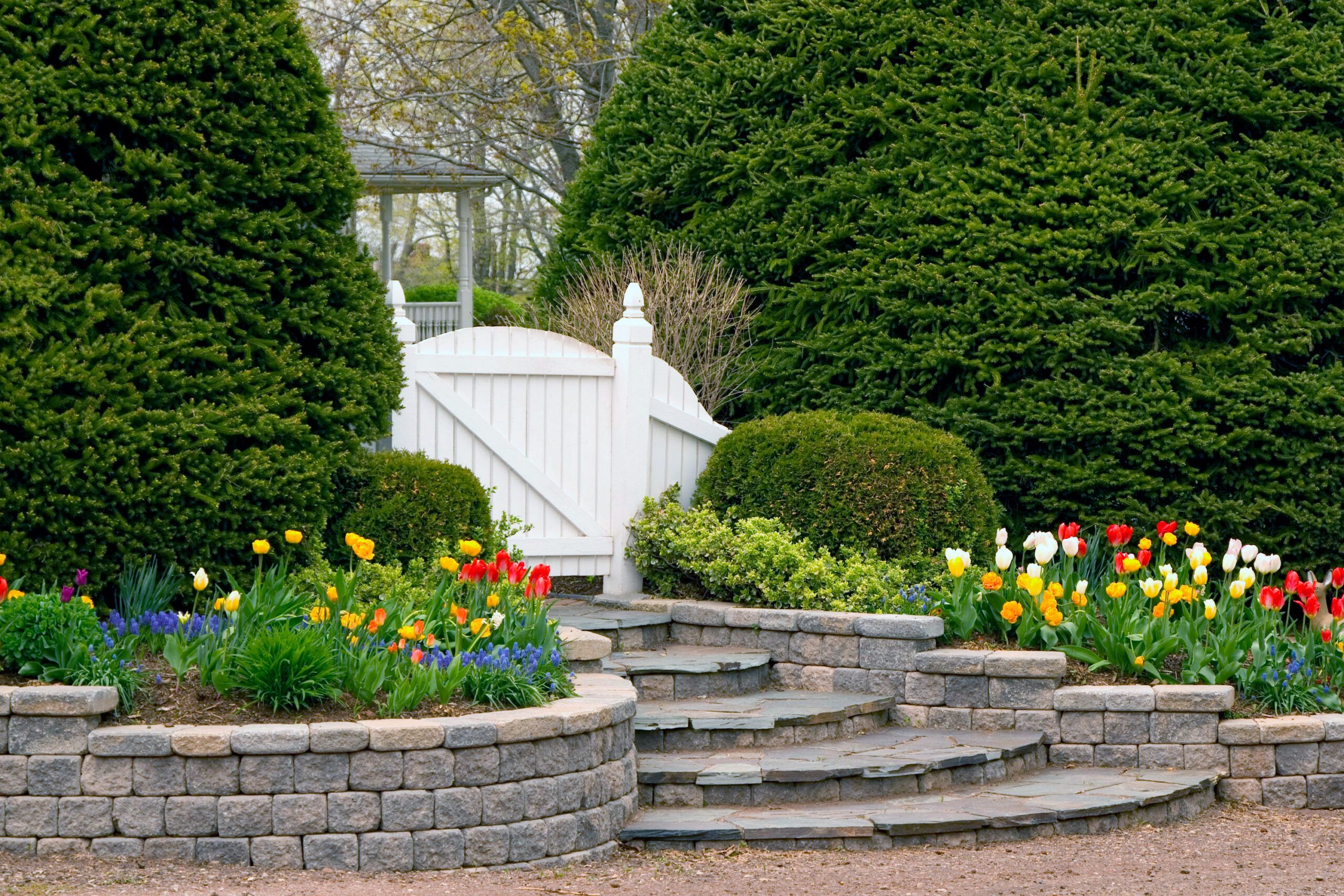It is essential to move ahead and provide all voices, regardless of their origins, the opportunity to be heard by acknowledging the contribution made by Black interior designers to the design and décor spaces. We’re showcasing successful Black interior designers working in the field today.
DuVäl Reynolds, the company’s founder and primary designer, is an expert at identifying your place in the world and creating a haven for yourself there. Like others, his design career did not begin how you would expect, but after he entered the field, he distinguished himself by curating beautiful interiors and giving back to the neighbourhood.
The Importance of Informality in Creating Welcoming Spaces
Interior design is fundamentally influenced by informality, especially when creating warm, welcoming places. Interiors that are formal, rigid, and impersonal are no longer indicative of sophistication. In order to construct warm, comfortable places that encourage connection and comfort, designers are now more often adopting an informal style. This transition to informal design, characterised by unhurried furniture placements, individualised items, and fun colour schemes, matches our changing lifestyle requirements. We are invited to let our guard down in environments that evoke informality, which fosters meaningful encounters and periods of rest. Because of this, informality in design is more than simply a fad; it’s a reaction to our deep-seated need for true cosiness and ease.
With a B.A. in interior design, you appear to be born with this talent. What led you to choose design as your profession?
Actually, this wasn’t my original plan for my profession. I double-majored in Spanish and Biology during my first year of school, and I also double-minored in Chemistry and Leadership. I intended to pursue a career in neurological research. But like many others, life took a few turns, and I ended myself at California Closets, the industry leader in custom closets and home-wide storage options. I developed a talent for design there, and instead of majoring in the sciences, I chose to get my bachelor’s in interior design. Even while I’d want to be the designer who understood what she wanted to do from an early age, in my tale, I absolutely stumble upon my calling.
Crafting Comfort: A Cornerstone of the Designer’s Philosophy
Today’s design philosophy lays a strong emphasis on creating comfort, especially for the famous Black designer who prioritises customer comfort in all of his creations. He represents an approach that is based on comfort and relaxation, opposing the harsh aesthetics of conventional design. In order to create rooms that exude comfort, his design strategy makes use of the calming colour palettes, welcoming materials, and ergonomic shapes. He guarantees that each place he creates becomes a refuge, a home, and a customised representation of the customers lifestyle by basing his design philosophy on comfort. In the end, his design philosophy demonstrates how a simple living area can be transformed into a cosy haven.
What would you say about your design philosophy and aesthetic?
My response would have been substantially different if you had asked me a few years ago. Initially, given that this was the preferred look and style for the majority of my customers, I classified myself as a contemporary farmhouse designer. When people corroborate what you do, it’s easy to believe that you are who you are. However, during the last two years or so, customers have given us the chance to broaden our creative horizons, and we now find that antique and vintage items truly excite us. Furthermore, we are increasingly working with our clients to provide immersive design experiences—designs that go beyond just re-creating what we have already seen. More freedom than ever before is now available to us to attempt new things.
Do you draw any inspiration for your designs from other cultures, your own, or anywhere in between?
Given the diverse tastes of our audience, I don’t think I have a single design influence. However, their inspiration often inspires me. We like learning about their travel preferences, favourite foods, and favourite television series. The better we understand people, the more we may draw inspiration from their prejudices and influences rather than from our own. Our colour schemes, concepts for the usage and functionality of a space, as well as the overall atmosphere and tones, are inspired by these particulars.
Which of your design projects has stayed with you throughout your career?
Our project, Modern Farmhouse Collective, is undoubtedly the one that stands out the most. This was the first job when we were engaged to equip the first floor after being asked to choose all the finishes for the new construction. It was our biggest project at the time. And what strikes me is that the finished result was a house that seemed both put together and inhabited. Even though it had recently been finished, it lacked the formality of a new house. This project really set the stage for us to design environments where color, textures, and patterns didn’t exactly match but yet had an unmistakable sense of coherence. This project enabled us to go beyond textbook design into the next stage of presenting well-chosen materials that surprisingly complemented one another.
Which of these designs is your favourite?
With the Introvert’s Quarters we finished for the Whole Home showhouse with House Beautiful, I’m incredibly thrilled. This was the first project that we were able to envision without regard to a client’s sentiments, budget, or design preferences. This was a space that we had really created for ourselves. This is another instance when we went over the bounds of a safe colour scheme. The objective was to push ourselves as designers and create something unique.
What does being a Black person in your field mean to you?
White professionals have dominated our sector historically and today. Being black in this field might often seem exclusive and lonely. We often struggle with low exposure due to underrepresentation, which may make it seem like our work is being discounted and ignored. When we feel like we’re trying so hard to be recognized, biases and uneven chances demoralize all of us. And because of the color of my skin, I have undoubtedly encountered my fair share of obstacles while trying to access resources and network. On the other hand, knowing that challenges have not prevented us from forging the road for ourselves and others may be incredibly powerful. Offering our unique perspectives undoubtedly led to fresh and creative approaches to constructed environments, ideas that top shelter publications have praised. Our industry now spans a wider spectrum thanks to our experiences and artistic sensitivities. Last but not least, it has been amazing to participate in the active advocacy work done by our community, work that has increased inclusiveness and diversity within our sector. One of my biggest endeavors and accomplishments to date has been working towards the creation of fair opportunities and elevating our voices.
What room in your house is your favourite?
I strangely live in the basement. I like cosy surroundings, dim lighting, and compact areas. The basement of our house was all tile and had light yellow walls when we initially moved there. We promptly carpeted the whole basement as well as the first-floor staircase. There is a large sectional with a tri-light fixture that enables us to set various moods and tones as desired. Designing for convenience, comfort, and maximal expression is ideal in a basement.
Do you include a little part of yourself into each location you create?
What a wonderful question! I doubt that I have ever given it any consideration. If so, it’s probably simply a certain degree of informality and familiarity. I make an effort to design with my lack of formality in mind. I like that our places be welcoming and accessible. To prevent our spaces from becoming too curated or overly created, we often use an unexpected colour or pattern. I suppose that’s something we often strive for when creating spaces—a lack of overt design.
What prompted you to launch House of DuVäl?
There were really a number of reasons behind it, none of which was my desire to start my own e-commerce business. My desire to have just one place or website that could hold all of the things I truly enjoyed served as the original drive for creating a site. In terms of design, a single couch frame or a multipurpose case product may often be included in a variety of house designs. It’s also challenging to remember what you saw and where it came from when our list of merchants has hundreds of vendors. For all the projects we were unable to accept, we reasoned that it would be as simple to make this client-facing while we were building the website. We can now direct a customer who requested a few pieces of furniture to a website with authorized items from suppliers we know and trust, rather than having to turn them away.
Can you describe some of the ways your business supports the local community?
I presently serve as the Co-Chair of the Diversity Advocacy Alliance and the High Point Market Authority, both of which are affiliated with the BIPOC community. I have launched a company called Business Strategies for Minorities, which focuses on the finest commercial strategies for business owners in the interior design sector. I oversee monthly talks on price, vendor relations, contracts, etc. I am a member of Marymount University’s Interior Architecture + Design Advisory Council in an effort to influence the design students entering the field. Last but not least, we have House of DuVäl revenues that support one of the 48 charities we have specified on our website.
FAQ
Q: Who is the Black interior designer known for creating welcoming and relaxed spaces?
A: Although the name of this great Black designer is kept a secret, his distinctive design philosophy, which emphasises comfort and informality, sets him apart in the interior design industry.
Q: What methods does the designer use to include comfort into his creations?
A: Each area is transformed into a pleasant sanctuary by the designer using a variety of strategies, such as relaxing colour schemes, enticing textures, ergonomic furniture, and personalised features that represent the client’s lifestyle.
Q: How does his design work take the informality into account?
A: In his designs, informality is important since it creates a more friendly, laid-back atmosphere. He builds environments that enable open contact and connectedness while connecting with the natural behaviours of the residents by using unpretentious designs.
Q: How does he go about creating unique places for clients?
A: He goes above and beyond the typical designer-client interaction by taking the time to learn about his customers’ lifestyles, likes, and preferences. In order to make each design a unique reflection of the customer, he adds components that replicate these features in the furniture, colour scheme, arrangement, or decorative accessories.
Q: Do you have any instances of his notable design work?
A: His professional portfolio includes both residential and commercial spaces, each of which reflects his distinctive combination of cosiness and informality, albeit specifics about his projects may differ owing to client confidentiality.
Q: How does his ethnic background affect his designs?
A: His ethnic heritage often influences the aesthetics of his designs, adding another dimension of originality. The use of colour palettes, patterns, or other design elements that reference his diverse cultural past might demonstrate this.
Q: What type of comments does he get from his customers?
A: His ability to create places that blend beauty, comfort, and an inviting atmosphere is widely valued by clients. They often laud his attention to detail, individualised approach, and his skill at turning the concept of “home” into concrete design components.
Q: What does he see as the design industry’s future?
A: According to him, interior design will become more human-centered in the future, with a focus on comfort and psychological well-being. He predicts that informality and personalisation will continue to be prioritised, and that designs will adapt to consumers’ changing demands and lifestyles.
Q: How does he manage to combine elegance, cosiness, and informality?
A: Despite being oriented on cosiness and informality, his designs never skimp on elegance. He skillfully combines premium materials, pleasing colour schemes, and stylish furniture to achieve the ideal combination of casual ease and understated refinement.
Q: How can potential customers get in touch with the designer for their projects?
A: Through his official website or on social media, the designer is reachable by anybody who is interested. An successful consultation process may be facilitated by providing preliminary project information.


